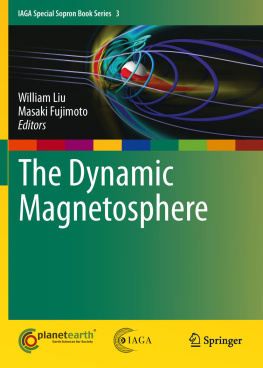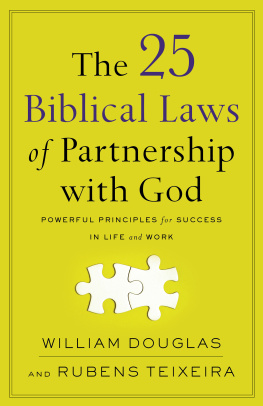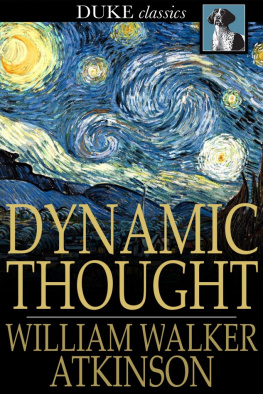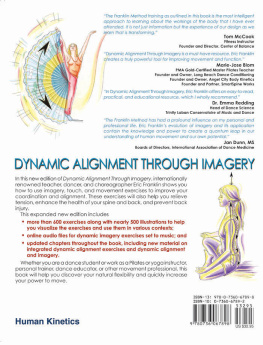1.1 Introduction
Earths magnetopause and boundary layers have been widely studied over the last few decades. They have been, and will continue to be, major research targets of many satellite missions such as ISEE, Geotail, Wind, Polar, Interball, Equator-S, Cluster, Double-Star, THEMIS, and in the near future MMS. A number of previous reviews and collections of articles have appeared on the topic, notably those by Song et al. (). For early works and detailed descriptions of the solar wind plasma entry mechanisms that will be addressed here, the reader is referred to these reviews. For the present review, we build on those earlier ones and focus on current efforts that address the role the magnetopause and its boundary layers play in magnetospheric dynamics.
At the interface between two plasma regions, a number of instabilities may mediate plasma transfer and mixing. Of importance for the Earths magnetopause are magnetic reconnection (e.g., tearing mode instability), the KelvinHelmholtz instability (triggered by a velocity shear), and diffusive processes (for example mediated by waveparticle interactions). For the magnetopause, the proof that plasma of solar wind origin does protrude through the boundary comes from frequent in situ observations of mixed magnetospheric and solar wind plasmas just inside and adjacent to the main current sheet: the magnetopause boundary layer. With the advent of multi-spacecraft missions such as Cluster and THEMIS, together with new methods and enhanced instrumental and computer simulation capabilities, many new insights have been gained regarding the aforementioned mechanisms and the role they play in controlling the entry of solar wind plasma into the magnetosphere.
In Section then highlights the importance of magnetic reconnection and the KH instability in the context of global solar windmagnetosphere coupling, as well as in terms of possible solar wind plasma pathways to the magnetotail.
1.2 Magnetic Reconnection at the Magnetopause
Magnetic reconnection at the magnetopause is believed to play a major role in solar windmagnetosphere coupling. Accompanying the large-scale magnetic topology changes which occur as a result of magnetic reconnection, mass, energy and momentum of the solar wind are transferred to the magnetosphere. Magnetic reconnection is the primary driver mechanism during enhanced geomagnetic activity. In this section we first describe some basic features of magnetopause reconnection and then present recent results on the topic. We do not address the issue of the initiation process of magnetic reconnection.
1.2.1 Basics of Magnetopause Reconnection
Concept of Reconnection
When two different plasma domains are in contact, in the magneto-hydrodynamic (MHD) framework these may be separated by several types of discontinuities (e.g., Chen translates into a magnetic reconnection X-line (in the out-of-page direction) whose geometry and length at the magnetopause is quite variable, as we shall see later. The topological change that results from magnetic reconnection has a direct consequence: it permits previously separated plasmas to mix thanks to the presence of a finite magnetic field component normal to the boundary ( B N 0), which is now akin to a rotational discontinuity (or a standing, large-amplitude Alfvn wave). In other words, magnetic reconnection allows plasma to flow through an originally impermeable boundary.
Fig. 1.1
( top ) Schematic illustration of the magnetospheric magnetic field and preferential locations of magnetic reconnection for southward IMF, i.e., at low-latitudes on the dayside ( left ) and in the mid-tail on the nightside ( right ). ( bottom ) Sketch of the structure of the diffusion region during magnetic reconnection, showing the ion and electron diffusion regions, outflow jets and the Hall electric and magnetic fields. From Paschmann ()
The amount of magnetic flux that reconnects per unit time and unit length through a magnetic reconnection X-line is called the reconnection rate. It is equal to the reconnection electric field, i.e., the electric field along the X-line. Reconnection rate is often studied in its dimensionless form, where

; with B N, B T, V N, and V A being the normal magnetic field component, the total magnetic field strength, the normal inflow velocity component and the total Alfvn speed in the inflow region, respectively. In three dimensions, BT (and correspondingly V A) should be the magnitude of the magnetic field component perpendicular to the X-line. R in this context is essentially an aspect ratio of the width to the length of the ion diffusion region (e.g., Cassak and Shay ).
Signatures of Magnetic Reconnection
The upper schematic of Fig. , this volume) for magnetotail dynamics.
In the process of magnetic reconnection, magnetic energy is converted into thermal and kinetic energy of the plasma. The magnetic tension on the newly reconnected field lines accelerates plasma inflowing from above and below the current sheet into two outflow jets on each side of the X-line topology. Because the sub-solar magnetopause is an asymmetric boundary, typically with magnetic (plasma) energy dominating on the Earthward (Sunward) side, detection of magnetic reconnection at the magnetopause has largely been based on observation of flow jets of solar wind plasma in the boundary layer inside (Earthward) of the magnetopause current sheet (Paschmann et al. ). Numerous recent studies have confirmed the link between such signatures and the occurrence of magnetic reconnection.
Another signature related to magnetic reconnection is that of a Hall electric and magnetic fields structure. In collision-less plasma with low resistivity the ion and electrons different masses (and gyroradii) imply that ions motion decouple from the magnetic field (demagnetize) in an ion diffusion region that has a substantially larger size than the electron diffusion region, where electrons eventually demagnetize as well. This scale size separation leads to differential ion and electron motions in the ion diffusion region, which sets up a system of Hall currents. In the context of symmetric reconnection, the Hall current system comes with quadrupolar magnetic field and bipolar electric field (Fig..
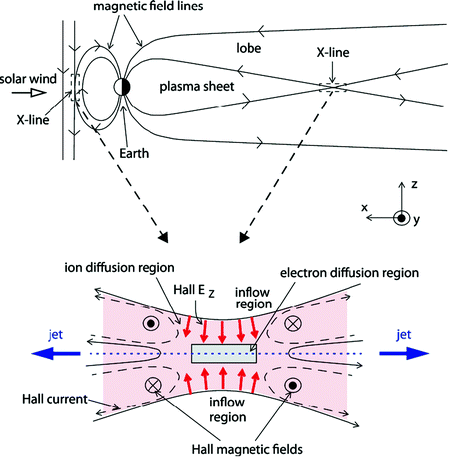
 ; with B N, B T, V N, and V A being the normal magnetic field component, the total magnetic field strength, the normal inflow velocity component and the total Alfvn speed in the inflow region, respectively. In three dimensions, BT (and correspondingly V A) should be the magnitude of the magnetic field component perpendicular to the X-line. R in this context is essentially an aspect ratio of the width to the length of the ion diffusion region (e.g., Cassak and Shay ).
; with B N, B T, V N, and V A being the normal magnetic field component, the total magnetic field strength, the normal inflow velocity component and the total Alfvn speed in the inflow region, respectively. In three dimensions, BT (and correspondingly V A) should be the magnitude of the magnetic field component perpendicular to the X-line. R in this context is essentially an aspect ratio of the width to the length of the ion diffusion region (e.g., Cassak and Shay ).
